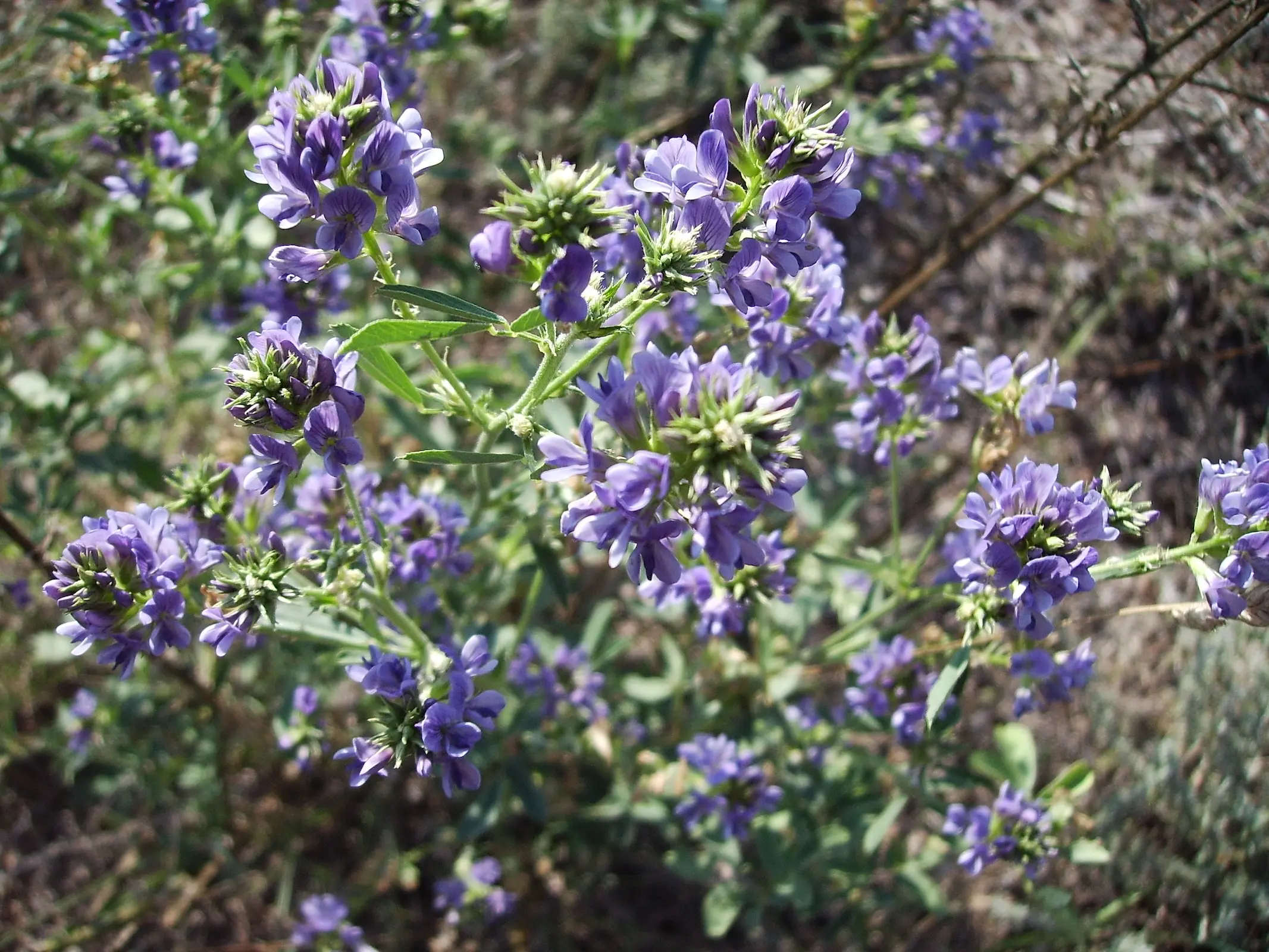
Alfalfa growing
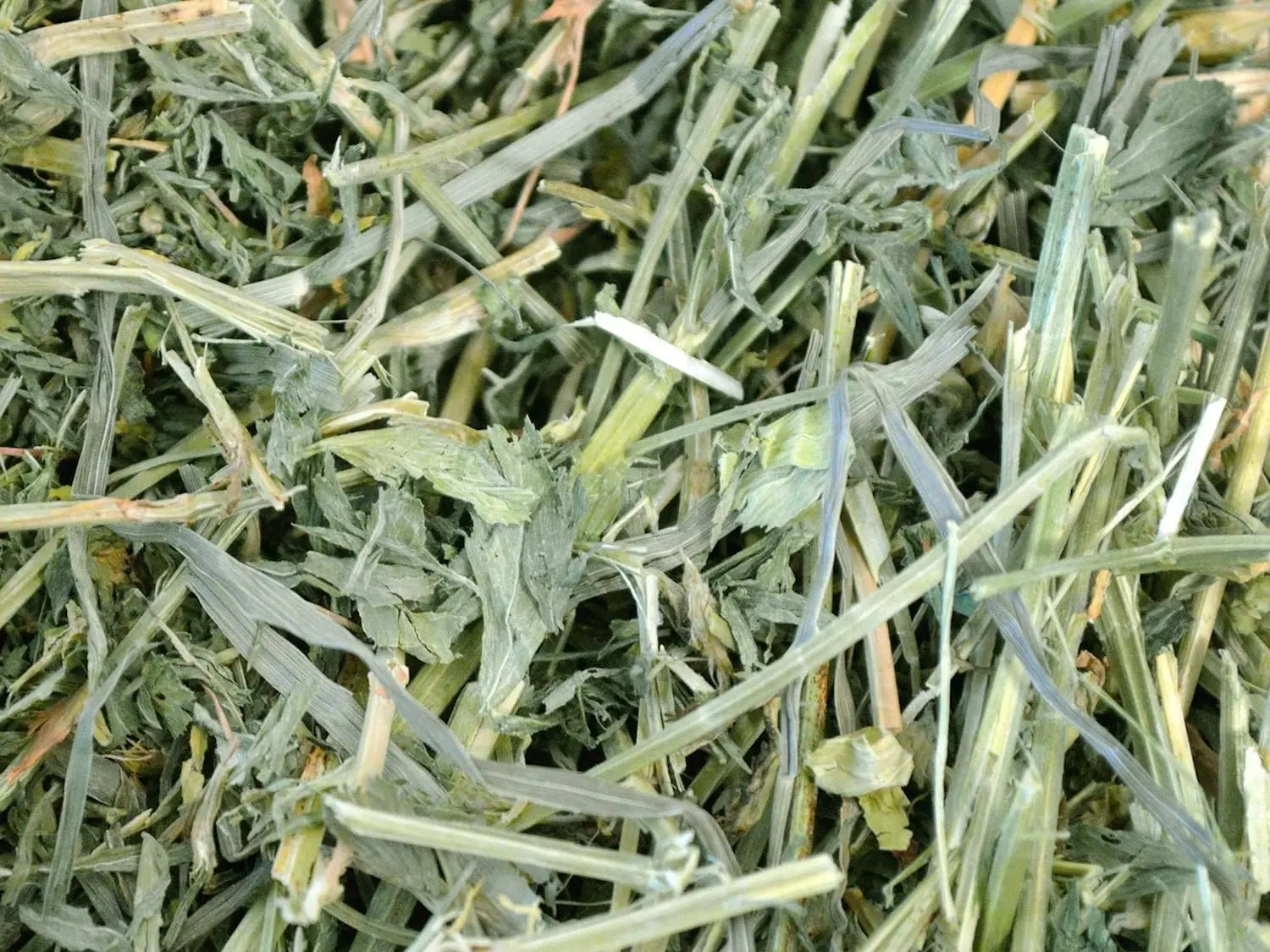
Alfalfa hay
Alfalfa
A palitable hay that horses like the taste of, this is the hay often used to make cubes and pellets. Alfalfa is easy to digest, plus high in protein, energy, vitamins and minerals. It is also produced and sold in every state of the US.
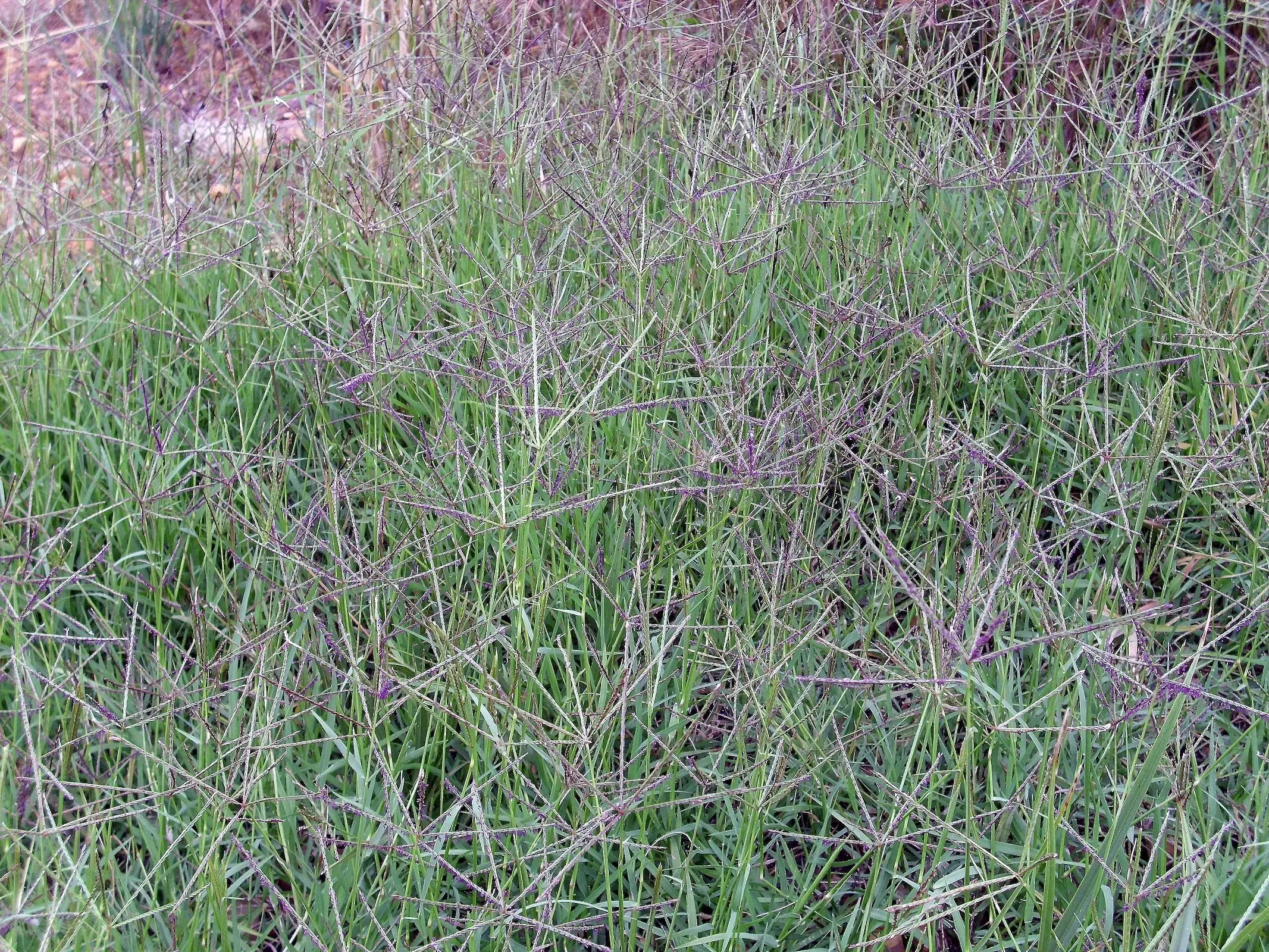
Bermuda growing
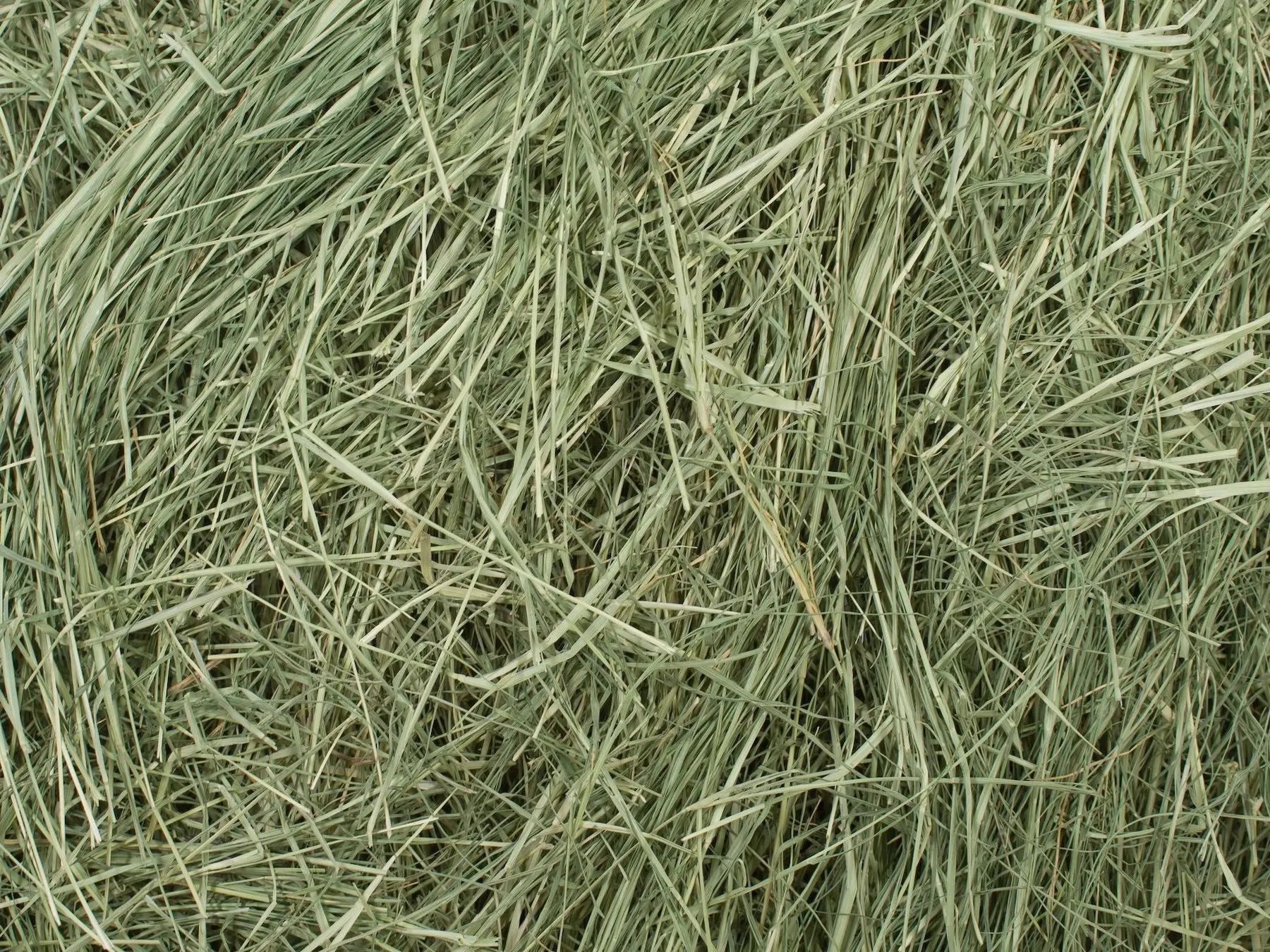
Bermuda hay
Bermuda
Has been thought to cause impaction in horses when low in quality, so buyer should be very aware of the product they are purchasing. This is a good flavored hay and generally animals like the taste of it.
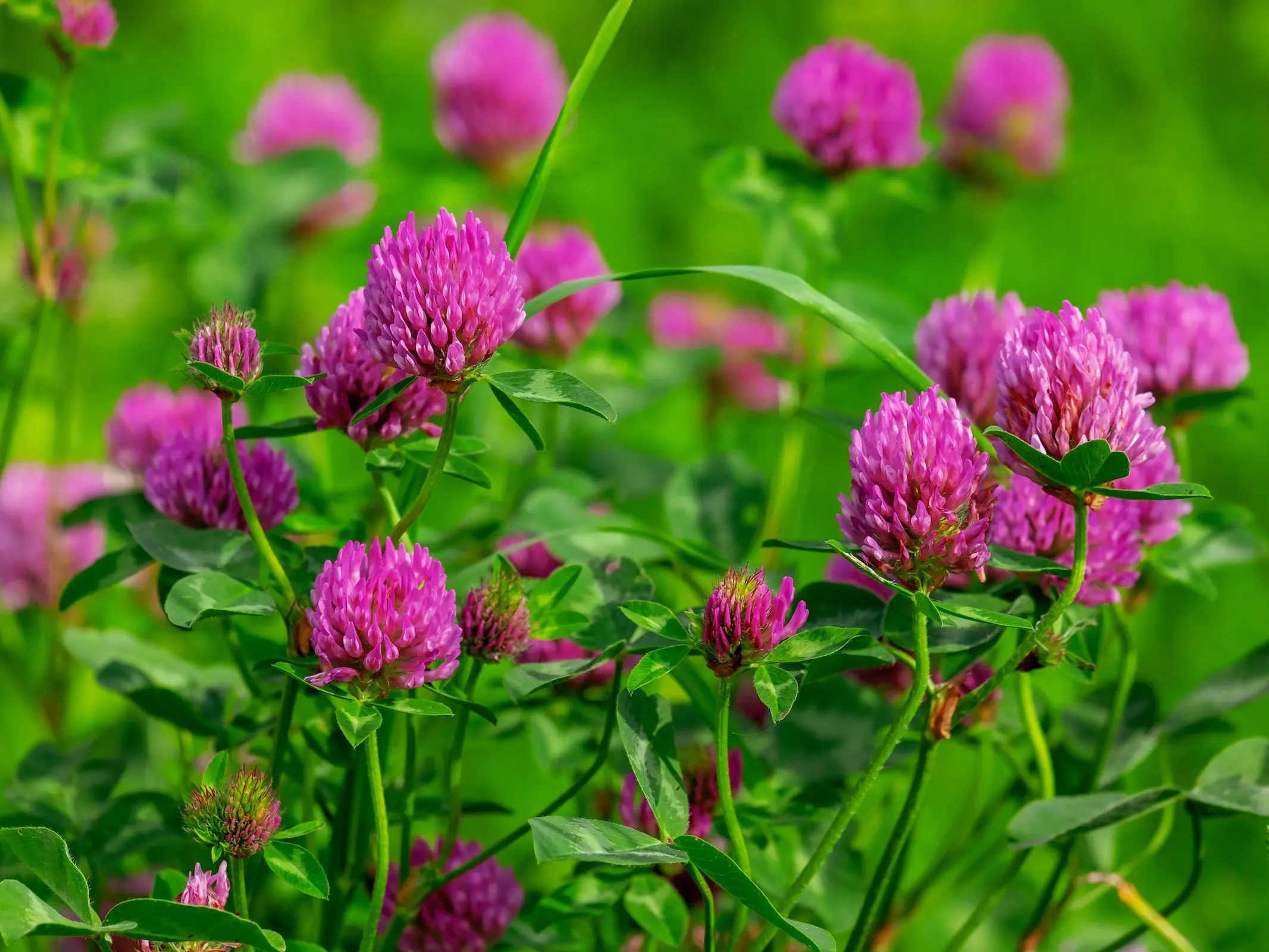
Clover growing
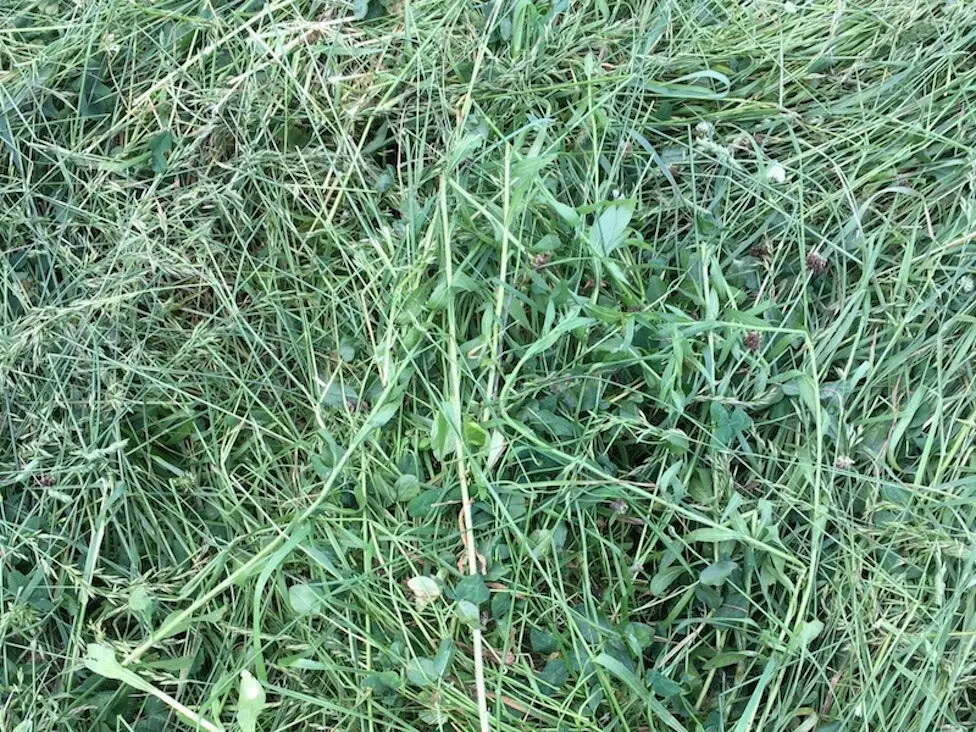
Clover hay
Clover
When dried, clover hay doesn’t preserve the green color and becomes dry looking. This is normal. Clover is often mixed with grass hay and comes in red, white, crimson, alsike and landino. *Be aware when you feed clover hay that if it becomes damp, the mold can make horses very sick.
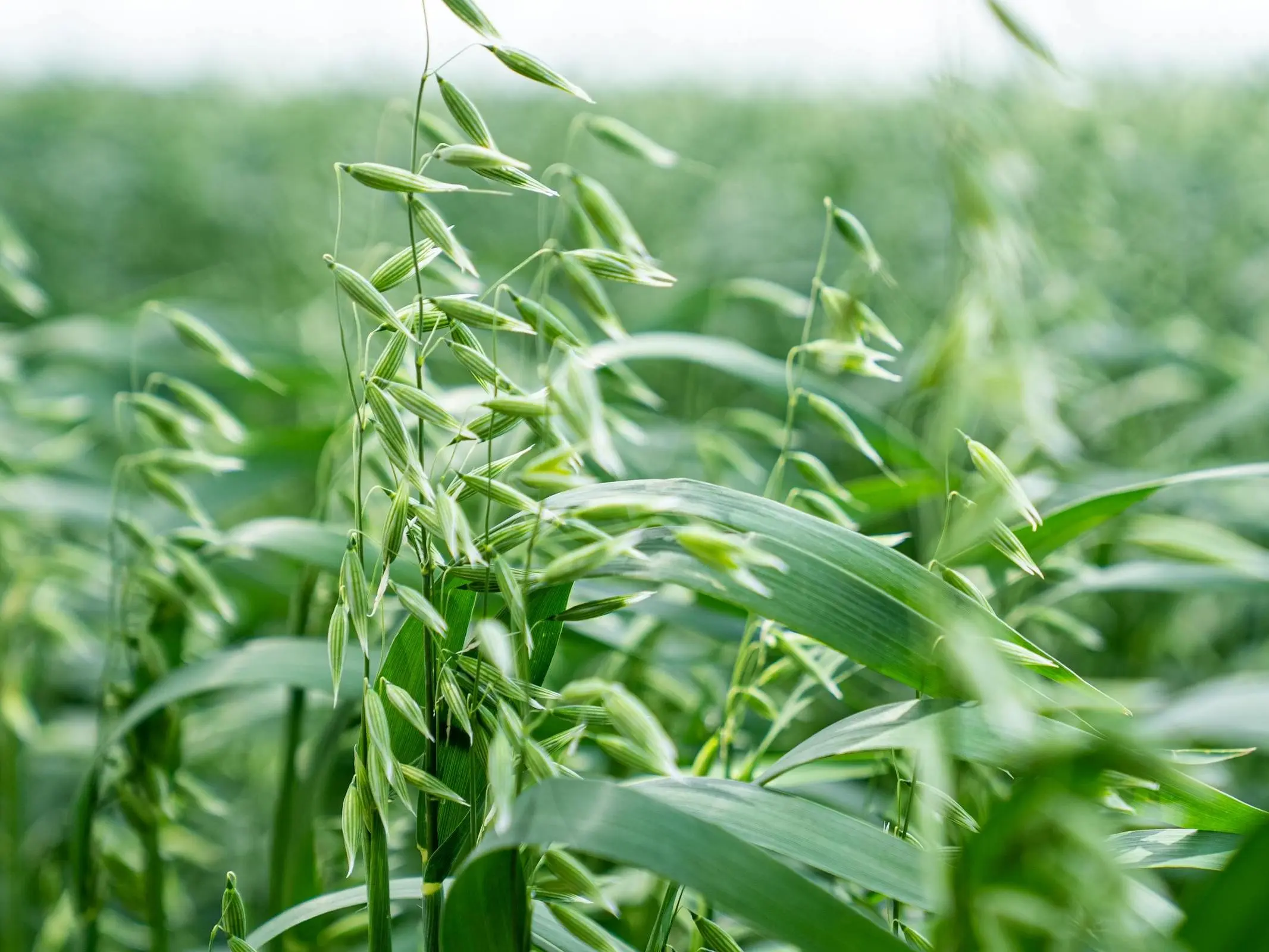
Oat growing
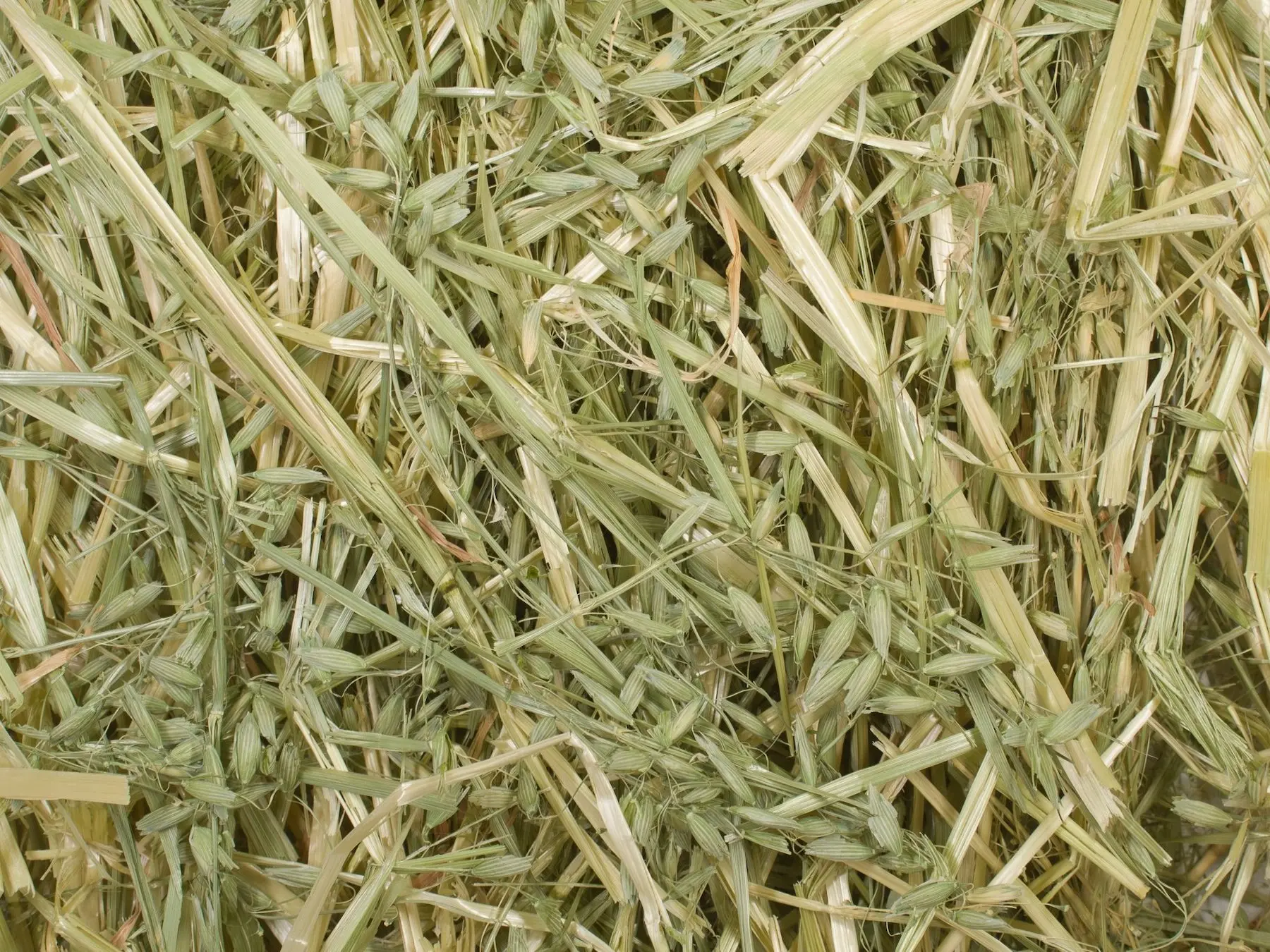
Oat hay
Oat
Oat hay has thicker, tougher stalks than the other options available (which some horses won’t eat). It is a hardy hay and seems to take a while for them to eat. Can be higher in sugar – not a good option for insulin resisting animals.
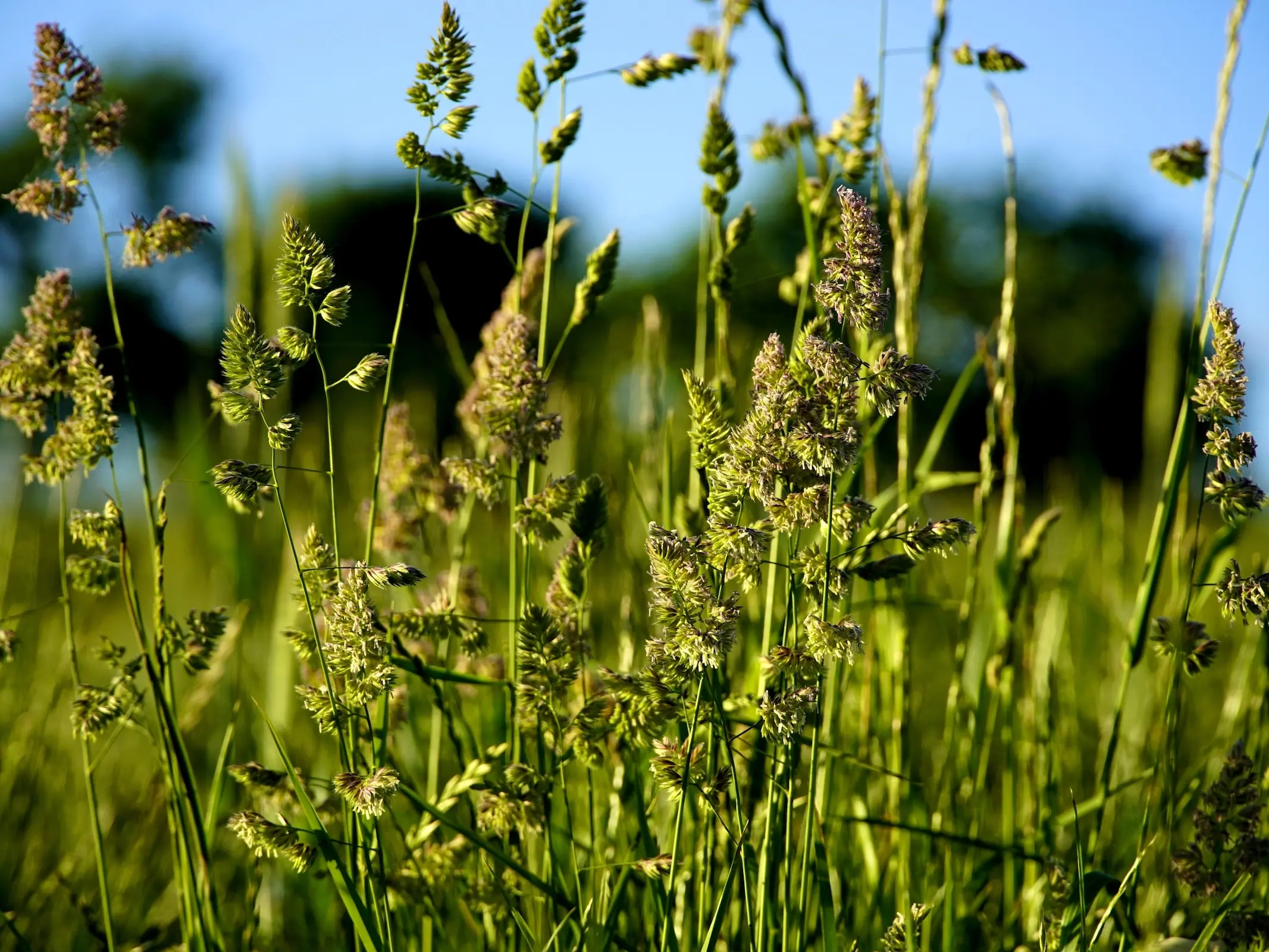
Orchardgrass growing
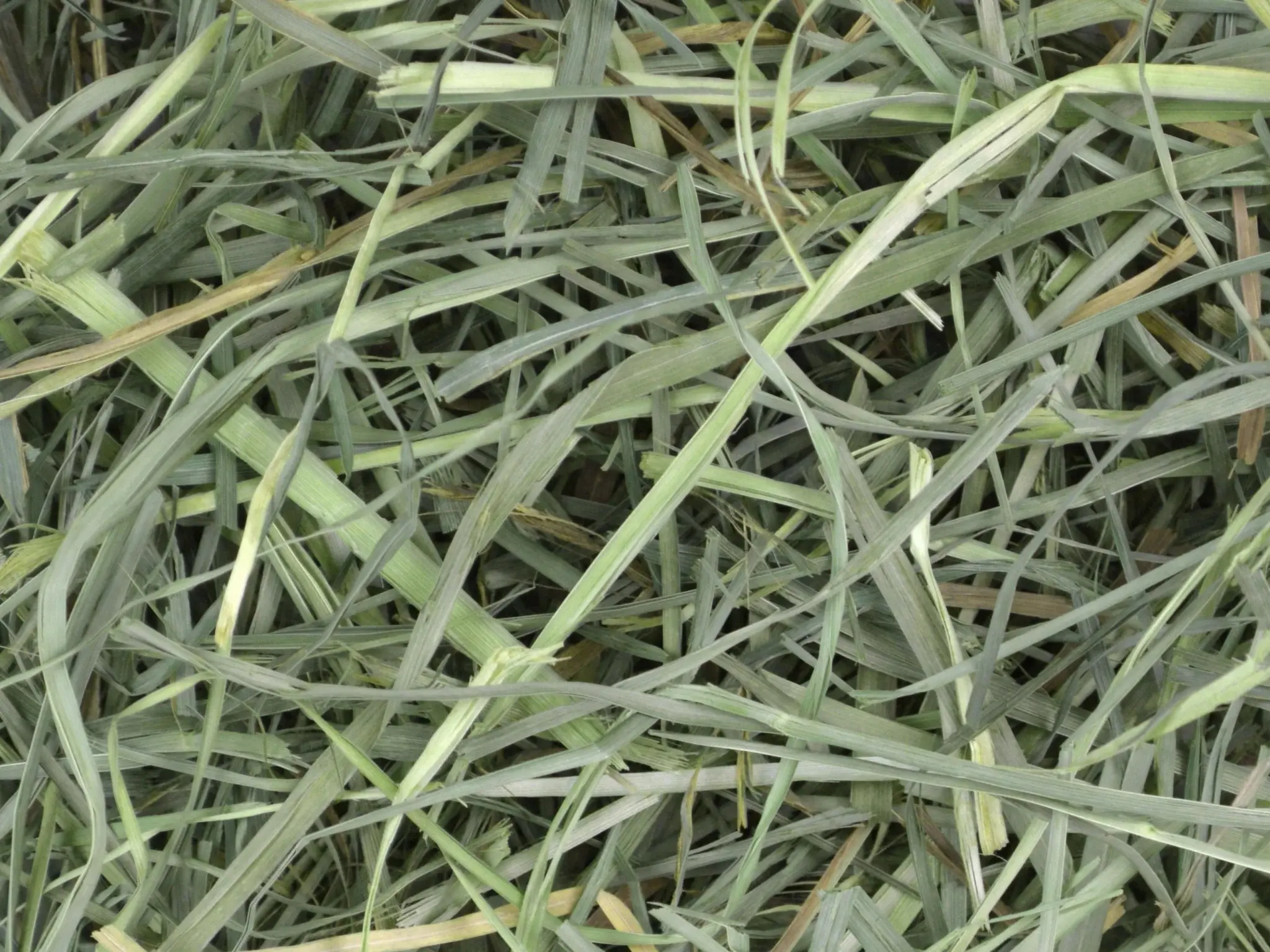
Orchardgrass hay
Orchardgrass
Orchardgrass hay is not as sensitive to time of cutting with regards to end-stage nutrient content. While it is not as nutrient rich as alfalfa hay, it has good flavor and is high in fiber.
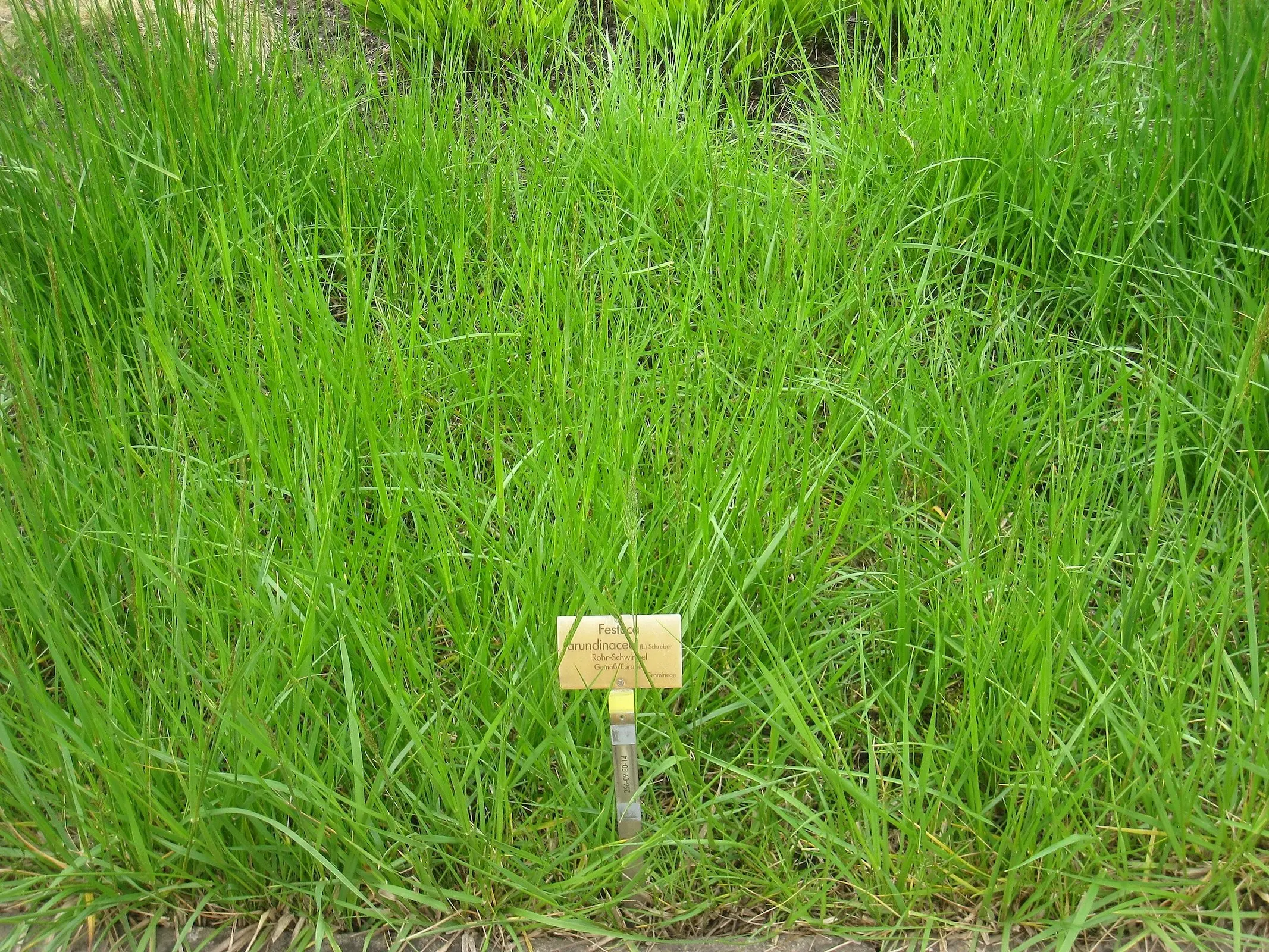
Fescue growing

Fescue hay
Fescue
Fescue – both in pasture and hay form – can be damaging to pregnancy in mares. This is a long, soft hay which also yellows as it dries.
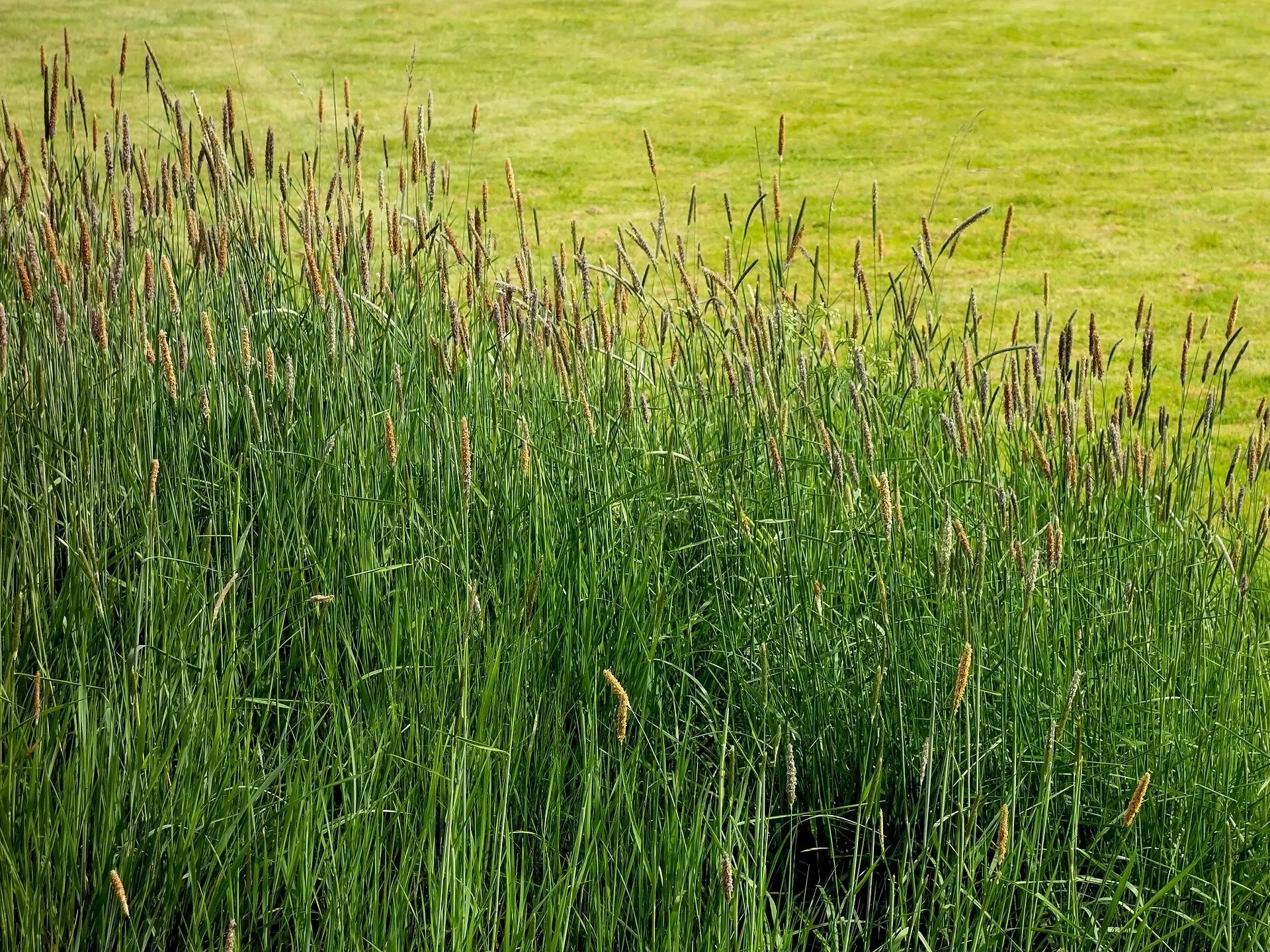
Timothy growing
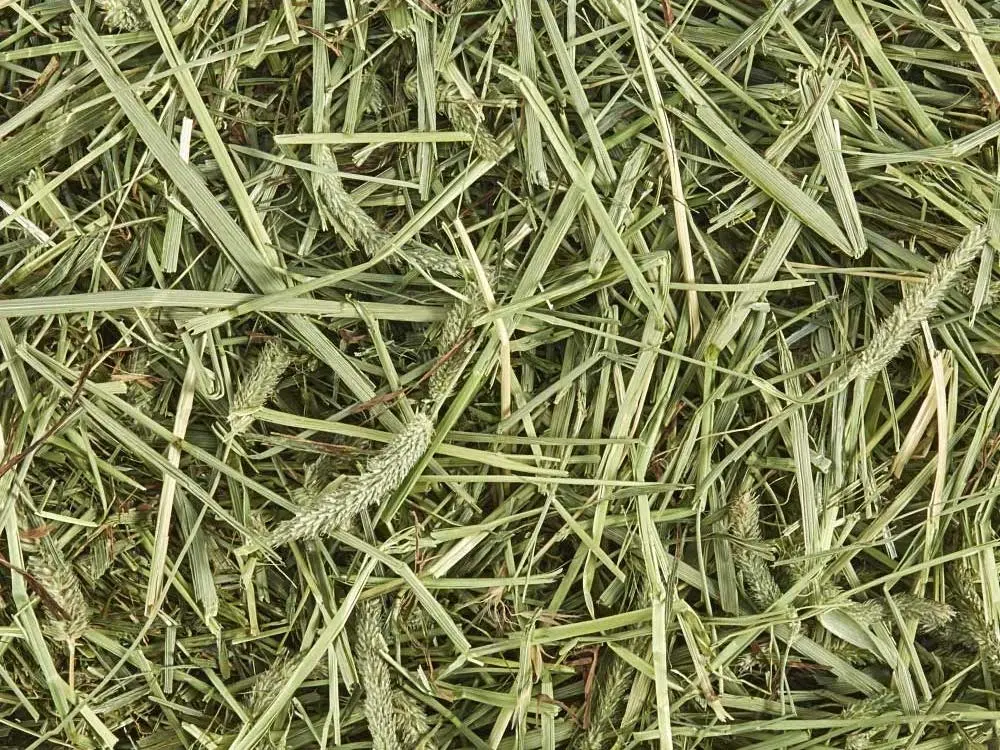
Timothy hay
Timothy
Timothy hay is easier on the digestive system than some of the others, it is high in fiber and low in calcium content. Timothy has a tendency to be more expensive, but high in nutrients for aged animals, lactating mares and growing young.